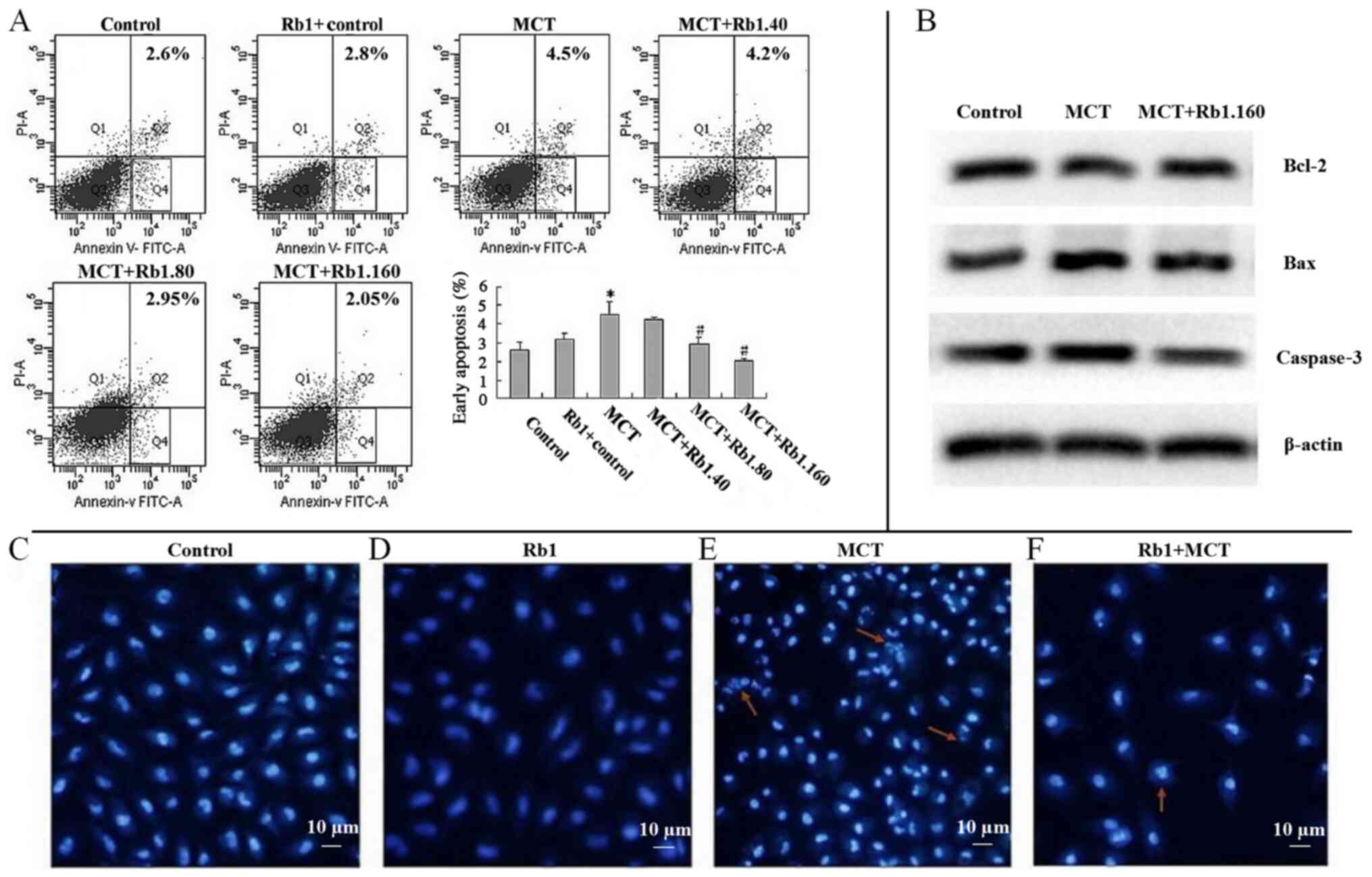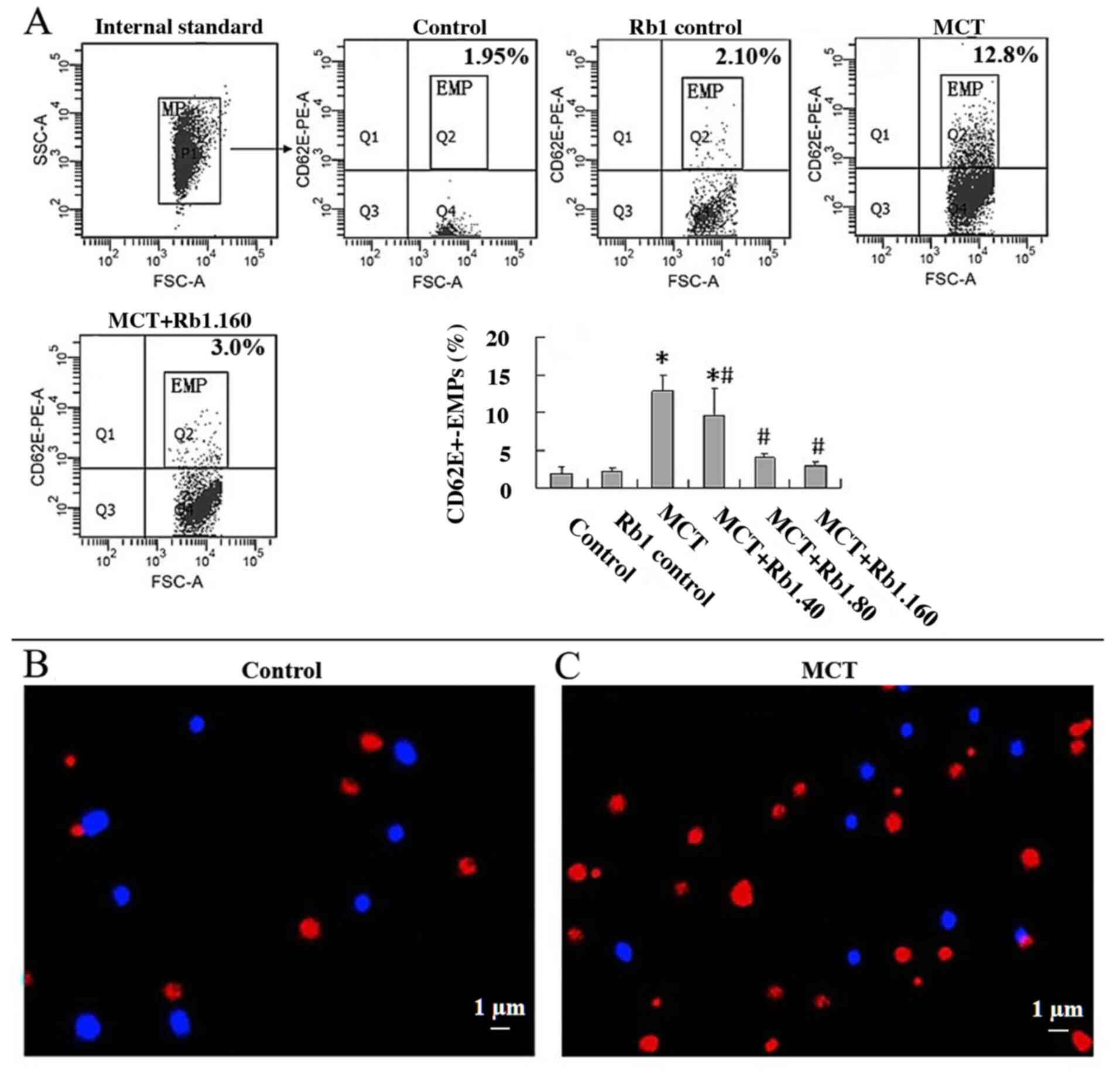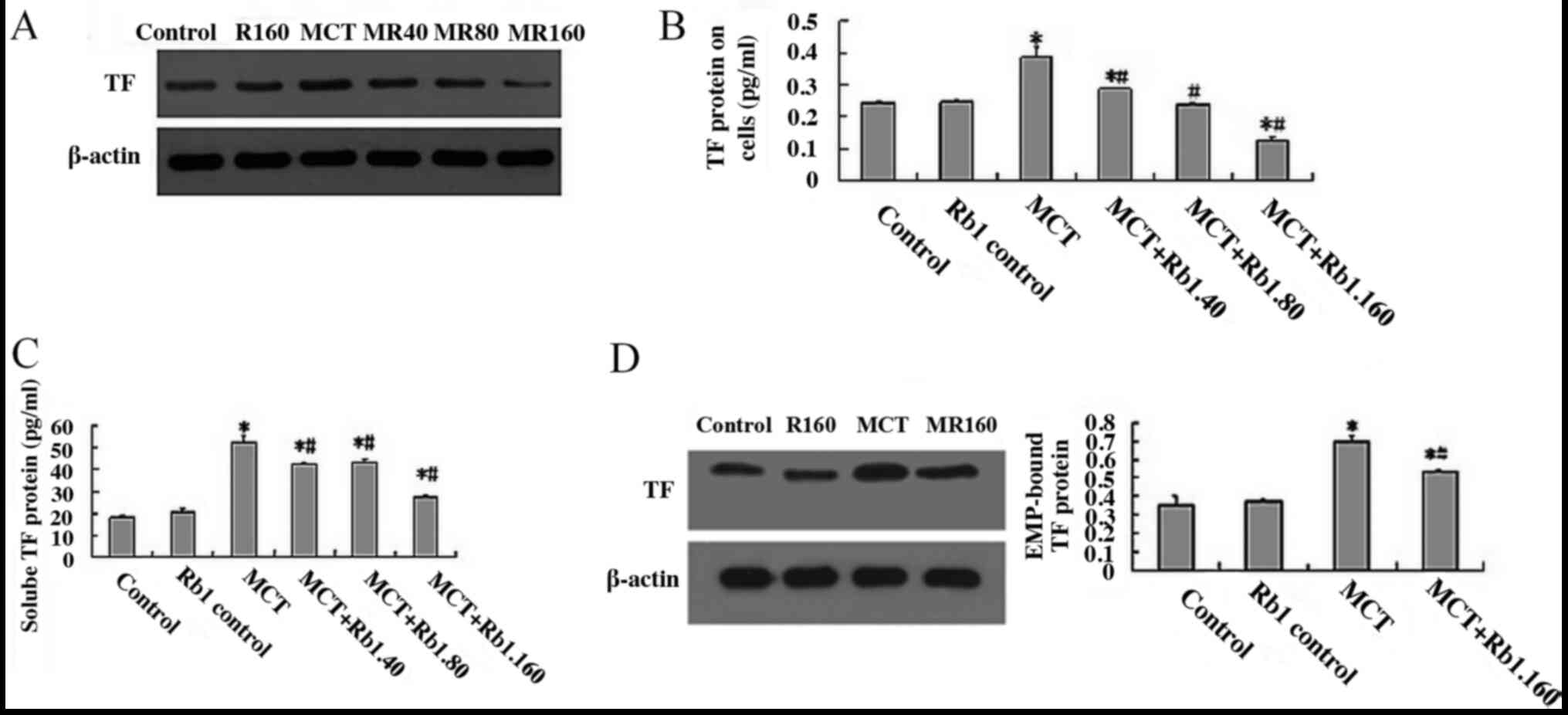|
1
|
Johnson DB and Savani BN: How can we
reduce hepatic veno-occlusive disease-related deaths after
allogeneic stem cell transplantation? Exp Hematol. 40:513–517.
2012.PubMed/NCBI View Article : Google Scholar
|
|
2
|
Roeker LE, Kim HT, Glotzbecker B,
Nageshwar P, Nikiforow S, Koreth J, Armand P, Cutler C, Alyea EP,
Antin JH, et al: Early clinical predictors of hepatic
Veno-occlusive Disease/sinusoidal obstruction syndrome after
myeloablative stem cell transplantation. Biol Blood Marrow
Transplant. 25:137–144. 2019.PubMed/NCBI View Article : Google Scholar
|
|
3
|
Dalle JH and Giralt SA: Hepatic
Veno-occlusive disease after hematopoietic stem cell
transplantation: Risk factors and stratification, prophylaxis, and
treatment. Biol Blood Marrow Transplant. 22:400–409.
2016.PubMed/NCBI View Article : Google Scholar
|
|
4
|
Corbacioglu S, Jabbour EJ and Mohty M:
Risk Factors for development of and progression of hepatic
Veno-occlusive Disease/sinusoidal obstruction syndrome. Biol Blood
Marrow Transplant. 25:1271–1280. 2019.PubMed/NCBI View Article : Google Scholar
|
|
5
|
Dignan FL, Wynn RF, Hadzic N, Karani J,
Quaglia A, Pagliuca A, Veys P and Potter MN: Haemato-oncology Task
Force of British Committee for Standards in Haematology; British
Society for Blood and Marrow Transplantation. BCSH/BSBMT guideline:
Diagnosis and management of veno-occlusive disease (sinusoidal
obstruction syndrome) following haematopoietic stem cell
transplantation. Br J Haematol. 163:444–457. 2013.PubMed/NCBI View Article : Google Scholar
|
|
6
|
Corbacioglu S, Carreras E, Mohty M,
Pagliuca A, Boelens JJ, Damaj G, Iacobelli M, Niederwieser D,
Olavarría E, Suarez F, et al: Defibrotide for the treatment of
hepatic Veno-occlusive disease: Final results from the
international compassionate-use program. Biol Blood Marrow
Transplant. 22:1874–1882. 2016.PubMed/NCBI View Article : Google Scholar
|
|
7
|
Bagal B, Chandrasekharan A, Chougle A and
Khattry N: Low, fixed dose defibrotide in management of hepatic
Veno-occlusive disease post stem cell transplantation. Hematol
Oncol Stem Cell Ther. 11:47–51. 2018.PubMed/NCBI View Article : Google Scholar
|
|
8
|
Cui YC, Pan CS, Yan L, Li L, Hu BH, Chang
X, Liu YY, Fan JY, Sun K, Li Q and Han JY: Ginsenoside Rb1 protects
against Ischemia/reperfusion-induced myocardial injury via energy
metabolism regulation mediated by RhoA signaling pathway. Sci Rep.
7(44579)2017.PubMed/NCBI View Article : Google Scholar
|
|
9
|
Ren S, Leng J, Xu XY, Jiang S, Wang YP,
Yan XT, Liu Z, Chen C, Wang Z and Li W: Ginsenoside Rb1, A major
saponin from panax ginseng, exerts protective effects against
acetaminophen-induced hepatotoxicity in mice. Am J Chin Med.
47:1815–1831. 2019.PubMed/NCBI View Article : Google Scholar
|
|
10
|
Wang J, Qiao L, Li Y and Yang G:
Ginsenoside Rb1 attenuates intestinal ischemia-reperfusion-induced
liver injury by inhibiting NF-kappaB activation. Exp Mol Med.
40:686–698. 2008.PubMed/NCBI View Article : Google Scholar
|
|
11
|
Ke L, Guo W, Xu J, Zhang G, Wang W and
Huang W: Ginsenoside Rb1 attenuates activated microglia-induced
neuronal damage. Neural Regen Res. 9:252–259. 2014.PubMed/NCBI View Article : Google Scholar
|
|
12
|
Xu Z, Lan T, Wu W and Wu Y: The effects of
ginsenoside Rb1 on endothelial damage and ghrelin expression
induced by hyperhomocysteine. J Vasc Surg. 53:156–164.
2011.PubMed/NCBI View Article : Google Scholar
|
|
13
|
Zheng X, Wang S, Zou X, Jing Y, Yang R, Li
S and Wang F: Ginsenoside Rb1 improves cardiac function and
remodeling in heart failure. Exp Anim. 66:217–228. 2017.PubMed/NCBI View Article : Google Scholar
|
|
14
|
Valencia-Nuñez DM, Kreutler W,
Moya-Gonzalez J, Alados-Arboledas P, Muñoz-Carvajal I, Carmona A,
Ramirez-Chamond R and Carracedo-Añon J: Endothelial vascular
markers in coronary surgery. Heart Vessels. 32:1390–1399.
2017.PubMed/NCBI View Article : Google Scholar
|
|
15
|
Santilli F, Marchisio M, Lanuti P,
Boccatonda A, Miscia S and Davi G: Microparticles as new markers of
cardiovascular risk in diabetes and beyond. Thromb Haemost.
116:220–234. 2016.PubMed/NCBI View Article : Google Scholar
|
|
16
|
Sierko E, Sokół M and Wojtukiewicz MZ:
Endothelial microparticles (EMP) in physiology and pathology.
Postepy Hig Med Dosw (Online). 69:925–932. 2015.PubMed/NCBI View Article : Google Scholar : (In Polish).
|
|
17
|
Wu Q, Chen H, Fang J, Xie W, Hong M and
Xia L: Elevated Fas/FasL system and endothelial cell microparticles
are involved in endothelial damage in acute graft-versus-host
disease: A clinical analysis. Leuk Res. 36:275–280. 2012.PubMed/NCBI View Article : Google Scholar
|
|
18
|
Campello E, Spiezia L, Radu CM, Bulato C,
Gavasso S, Tormene D, Woodhams B, Dalla Valle F and Simioni P:
Circulating microparticles and the risk of thrombosis in inherited
deficiencies of antithrombin, protein C and protein S. Thromb
Haemost. 115:81–88. 2016.PubMed/NCBI View Article : Google Scholar
|
|
19
|
Atehortúa L, Rojas M, Vásquez G,
Muñoz-Vahos CH, Vanegas-García A, Posada-Duque RA and Castaño D:
Endothelial activation and injury by microparticles in patients
with systemic lupus erythematosus and rheumatoid arthritis.
Arthritis Res Ther. 21(34)2019.PubMed/NCBI View Article : Google Scholar
|
|
20
|
Mobarrez F, Svenungsson E and Pisetsky DS:
Microparticles as autoantigens in systemic lupus erythematosus. Eur
J Clin Invest. 48(e13010)2018.PubMed/NCBI View Article : Google Scholar
|
|
21
|
Xia Q, Zhao Y, Lin G, Beland FA, Cai L and
Fu PP: Pyrrolizidine alkaloid-protein adducts: Potential
non-invasive biomarkers of pyrrolizidine alkaloid-induced liver
toxicity and exposure. Chem Res Toxicol. 29:1282–1292.
2016.PubMed/NCBI View Article : Google Scholar
|
|
22
|
Stegelmeier BL, Colegate SM and Brown AW:
Dehydropyrrolizidine alkaloid toxicity, cytotoxicity, and
carcinogenicity. Toxins (Basel). 8(356)2016.PubMed/NCBI View Article : Google Scholar
|
|
23
|
Tamariz J, Burgueno-Tapia E, Vázquez MA
and Delgado F: Pyrrolizidine Alkaloids. Alkaloids Chem Biol.
80:1–314. 2018.PubMed/NCBI View Article : Google Scholar
|
|
24
|
Kleiner DE: The histopathological
evaluation of drug-induced liver injury. Histopathology. 70:81–93.
2017.PubMed/NCBI View Article : Google Scholar
|
|
25
|
Fang J, Zhang G, Teng X, Zhang Z, Pan J,
Shou Q and Chen M: Hematologic toxicity of Gynura segetum and
effects on vascular endothelium in a rat model of hepatic
veno-occlusive disease. Zhonghua Gan Zang Bing Za Zhi. 23:59–63.
2015.PubMed/NCBI View Article : Google Scholar : (In Chinese).
|
|
26
|
Wasinee K, Kunwadee P, Kittiphong P, Kovit
P, Pornthip C and Saovaros S: Microparticles From
β-thalassaemia/HbE patients induce endothelial cell dysfunction.
Sci Rep. 8(13033)2018.PubMed/NCBI View Article : Google Scholar
|
|
27
|
The composition and daily variation of
microparticles in whole blood in stable coronary artery disease. J
Physiol Pharmacol. 69:6–9. 2018.
|
|
28
|
Christersson C, Lindahl B and Siegbahn A:
The composition and daily variation of microparticles in whole
blood in stable coronary artery disease. Scand J Clin Lab Invest.
76:25–32. 2016.PubMed/NCBI View Article : Google Scholar
|
|
29
|
Jia F, Mou L and Ge H: Protective effects
of ginsenoside Rb1 on H2O2-induced oxidative
injury in human endothelial cell line (EA. hy926) via miR-210. Int
J Immunopathol Pharmacol. 33(1681103269)2019.PubMed/NCBI View Article : Google Scholar
|
|
30
|
Beumer TL, Roepers-Gajadien HL, Gademan
IS, Lock TM, Kal HB and De Rooij DG: Apoptosis regulation in the
testis: Involvement of Bcl-2 family members. Mol Reprod Dev.
56:353–359. 2000.PubMed/NCBI View Article : Google Scholar
|
|
31
|
Sansone R, Baaken M, Horn P, Schuler D,
Westenfeld R, Amabile N, Kelm M and Heiss C: Release of endothelial
microparticles in patients with arterial hypertension, hypertensive
emergencies and catheter-related injury. Atherosclerosis.
273:67–74. 2018.PubMed/NCBI View Article : Google Scholar
|
|
32
|
Jenkins NT, Padilla J, Boyle LJ, Credeur
DP, Laughlin MH and Fadel PJ: Disturbed blood flow acutely induces
activation and apoptosis of the human vascular endothelium.
Hypertension. 61:615–621. 2013.PubMed/NCBI View Article : Google Scholar
|
|
33
|
Kou Y, Zou L, Liu R, Zhao X, Wang Y, Zhang
C, Dong Z, Kou J, Bi Y, Fu L and Shi J: Intravascular cells and
circulating microparticles induce procoagulant activity via
phosphatidylserine exposure in heart failure. J Thromb
Thrombolysis. 48:187–194. 2019.PubMed/NCBI View Article : Google Scholar
|
|
34
|
Shustova ON, Antonova OA, Golubeva NV,
Khaspekova SG, Yakushkin VV, Aksuk SA, Alchinova IB, Karganov MY
and Mazurov AV: Differential procoagulant activity of
microparticles derived from monocytes, granulocytes, platelets and
endothelial cells: Impact of active tissue factor. Blood Coagul
Fibrinolysis. 28:373–382. 2017.PubMed/NCBI View Article : Google Scholar
|
|
35
|
Geddings JE and Mackman N: Tumor-derived
tissue factor-positive microparticles and venous thrombosis in
cancer patients. Blood. 122:1873–1880. 2013.PubMed/NCBI View Article : Google Scholar
|
|
36
|
Cheng X, Qiu X, Liu Y, Yuan C and Yang X:
Trimethylamine N-oxide promotes tissue factor expression and
activity in vascular endothelial cells: A new link between
trimethylamine N-oxide and atherosclerotic thrombosis. Thromb Res.
177:110–116. 2019.PubMed/NCBI View Article : Google Scholar
|
|
37
|
Collier M, Akinmolayan A and Goodall AH:
Comparison of tissue factor expression and activity in foetal and
adult endothelial cells. Blood Coagul Fibrinolysis. 28:452–459.
2017.PubMed/NCBI View Article : Google Scholar
|

















